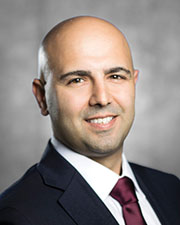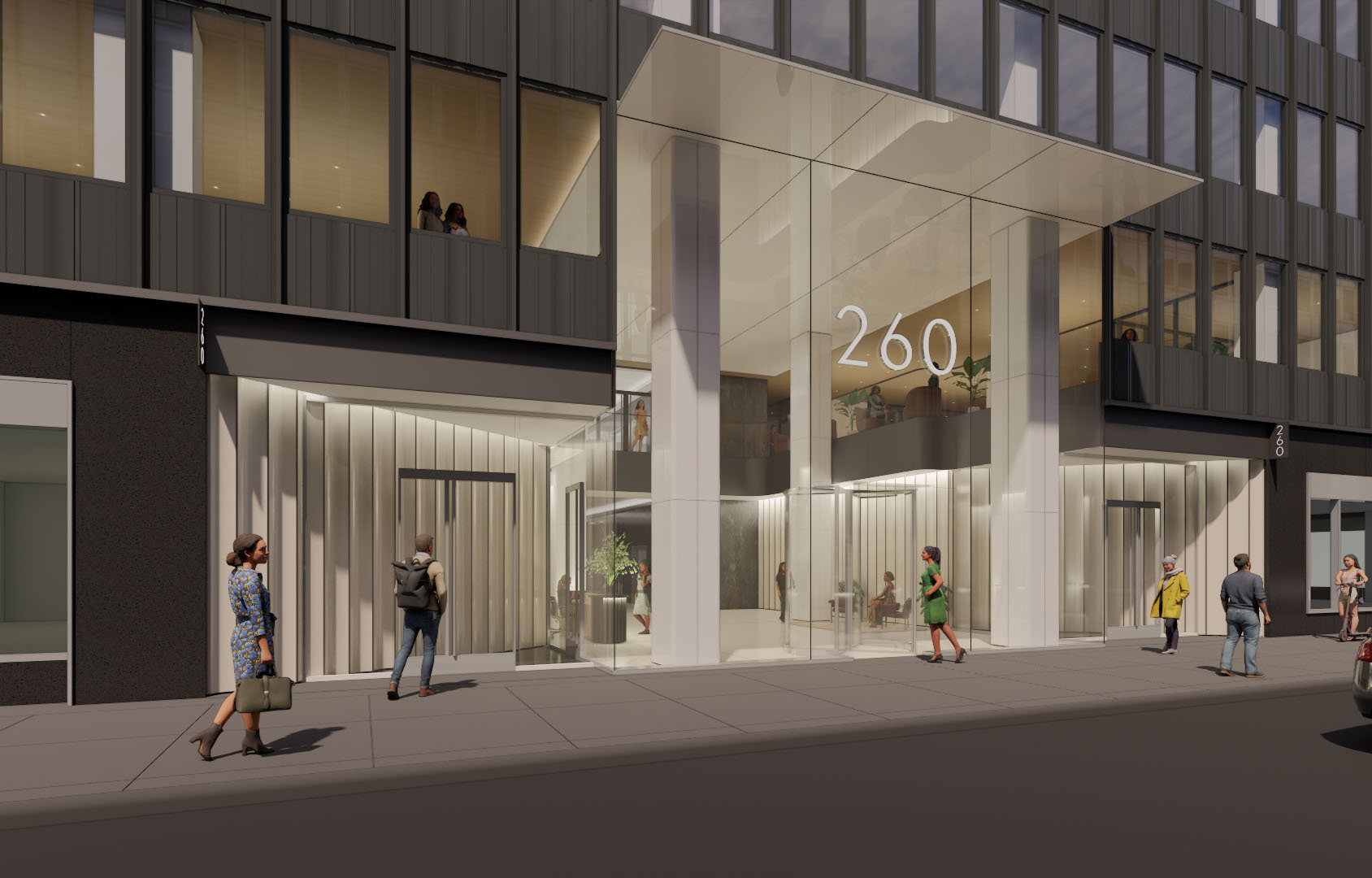Opportunity Zones and Queens: What you need to know to make this investment vehicle work - by Rubin Isak and Mark Pietrogiacomo

Goldenwood Property Advisors
Buried in the 185-page Congress Bill 115 lies Section 13823, establishing Opportunity Zones for the poorest urban, suburban, and rural census tracts in the United States. Opportunity Zones are defined as a census tract with an individual poverty rate of at least 20% and a median family income no greater than 80% of area median income (AMI). As a part of this year’s tax overhaul, Opportunity Zones provide a powerful investment vehicle that benefit both investors as well as the communities in which they invest. This massive initiative that has been undertaken by the federal government takes a free market approach, a novel tactic that uses investor capital rather than federal funds.
The private sector will choose the zones that give them the highest return for their investment. An investment that by the very nature of the program would have been lost to the investor as capital gains tax. This flexible and fluid design is meant to act as a catalyst, facilitating and expediting investments from the private sector into these communities.
The benefits for an investor in these Opportunity Zones revolve around $2.3 trillion in unrealized capital gains. These benefits are geared towards incentivizing long term investment in the communities that have historically been overlooked by well capitalized investors. Through deploying assets in Opportunity Zones, an investor can defer and even eliminate capital gain taxes.
A real-world example of how this investment vehicle works, as written in a report by The Local Initiatives Support Corporation (LISC):
In 2018, an individual investor sells 1,000 shares of Amazon stock that they purchased in 2013 for $250,000. The sale at $1,250 per share results in a $1 million capital gain. Instead of paying the $238,000 in federal capital gains tax on this sale, the investor rolls their $1 million gain into a Qualified Opportunity Fund that invests the capital in newly issued preferred stock shares of various operating businesses located in Opportunity Zones with a plan to liquidate the fund in 2028. The assumed value of this investment in 2028 is $2 million.
The benefit received by this investor include:
• Investing $1 million instead of the $762,000 that would be remaining if the capital was not re-invested into an Opportunity Fund.
• Paying $202,300 in taxes in 2026 instead of paying $238,000 in 2018.
• Owing no additional tax on the $1 million in capital gains on the Opportunity Fund investment realized in 2028.
Various communities in Queens have been designated by the state government as Opportunity Zones. Given the intentionally specific nature of Opportunity Zone designations, one cannot say that an entire neighborhood lies within an Opportunity Zone. There are census tracts with Opportunity Zone designations in Astoria, Hunter’s Point, Long Island City, Jackson Heights, Corona, Rego Park, Forest Hills, College Point, Flushing, Richmond Hill, Jamaica, South Ozone Park, Springfield Gardens, Far Rockaway, and Rockaway Beach.
In combination with the Bloomberg era up-zoning, mayor de Blasio’s affordable housing commitment, and the inclusion of almost the entirety of the neighborhood as an Opportunity Zone, Jamaica is at the forefront of this innovative new collaboration between the public and private sectors. The factors that make Jamaica an attractive investment to the first movers has been compounded with this new program. The de facto proving grounds of New York City’s push for affordable housing creation and preservation can only stand to benefit from the massive incentives on offer by all levels of government.
The mixed zoning of much of Long Island City has also been included in the designated Opportunity Zones for the city of New York. Census tract 1 of Queens makes up the southwesterly portion of the borough that is bounded by the East River and Newtown Creek and is one of the largest communities included in the Long Island City section of Opportunity Zone designations. Another area of note is census tract 33, one of the tracts in the heart of Long Island City with easy access to the 7, N, W, E, M, and R trains. The compounding effects of a recent rezoning alongside targeted long-term investment incentivization means that Long Island City will also see immense capital injection in the coming years, and the residents of the area will see all the benefits that come along with such a windfall.
The Opportunity Zones program is not the first of its kind, however, it is the first to use the free market to its full potential. Opportunity Zones has the potential to become the most influential piece of the new tax cut and jobs act, with the borough of Queens, being a true beneficiary.
Rubin Isak is the founding partner and Mark Pietrogiacomo is the vice president of operations at Goldenwood Property Advisors, New York, N.Y.
AmTrustRE completes $211m acquisition of 260 Madison Ave.


Lasting effects of eminent domain on commercial development - by Sebastian Jablonski

AI comes to public relations, but be cautious, experts say - by Harry Zlokower

Behind the post: Why reels, stories, and shorts work for CRE (and how to use them) - by Kimberly Zar Bloorian









.jpg)
.gif)
.gif)